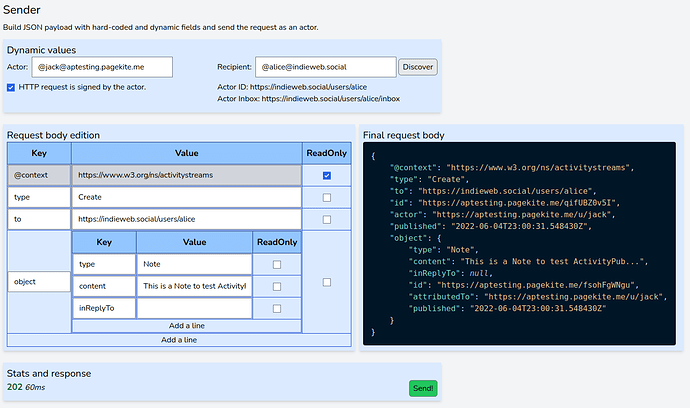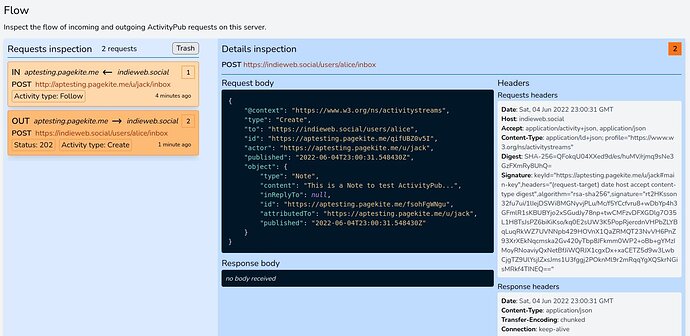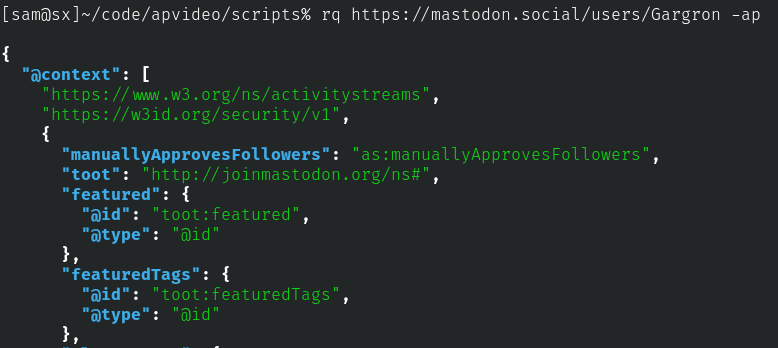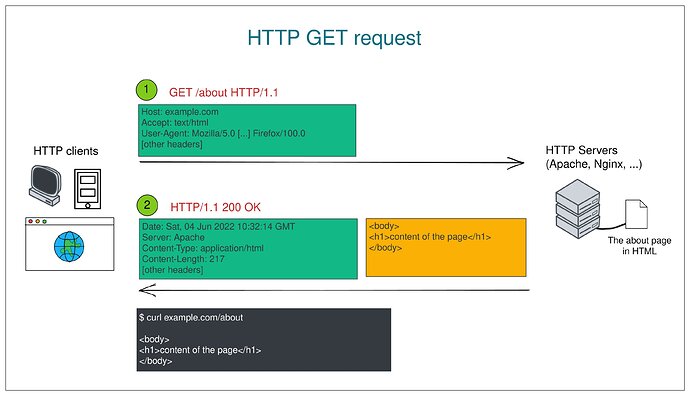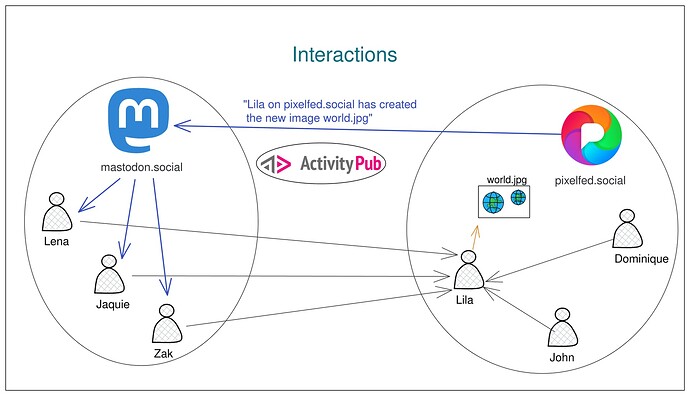Hello !
I’m new here, so let me introduce myself quickly. I’m Samuel Roland, a student developer (finishing the 4th class in an IT school). My mother tongue is French, so excuse me for my errors in English. I’m interested in the federation since a few months. I’m passionate about developing Free Software, my languages are mostly around the web: PHP and JavaScript (with the following frameworks Laravel, Livewire, VueJS, AlpineJS). I really like teaching things to other people, especially in the technical world. My precedent passion was photography and videos, so I realized a bunch of videos but never published them publicly.
I developed several web applications projects in the past, but I’m a beginner in the world of federation. I’d like to learn how I can implement federation in productivity apps (such as tasks management, for example).
As I’m on vacation, I’m spending 1 week on ActivityPub to discover the protocol, play with it, implement the federation of tasks for a minimalist todolist app in PHP (with Laravel). I’m following the article A highly opinionated guide to learning about ActivityPub to read the most important sections of the needed specs. I saw the Guide for implementers, too.
I’m filming myself and my screen to edit a video of the week and try to explain basics of AP in a practical oriented way (concepts are discovered via the practice and theory is added to it). As 1 week is pretty short, and I’m a beginner, I will probably not cover a lot. The video will be around 15 minutes (in English).
The target audience: developers interested in implementing federation in their apps and already knowing what is possible with AP in terms of usage, but not how it technically works (this is my case currently). One of the goal is to share the fun of this experience and help other people to approach the protocol.
(For reference, I announced the project on Mastodon here)
So that’s it, I just wanted to let you know about this little project. If you have any advice on what I could do and show in this video, please let me know! I will maybe post here the next days to share a bit of the progress.
And by the way, is there a tool or a way to debug AP requests (I mean to see their exact content, endpoints, HTTP headers, …) to be able to visualize requests between 2 servers ? The idea is to show and understand the workflow of requests (discovery, HTTP signature validation, activity, sometimes accept activity sent back, …).
